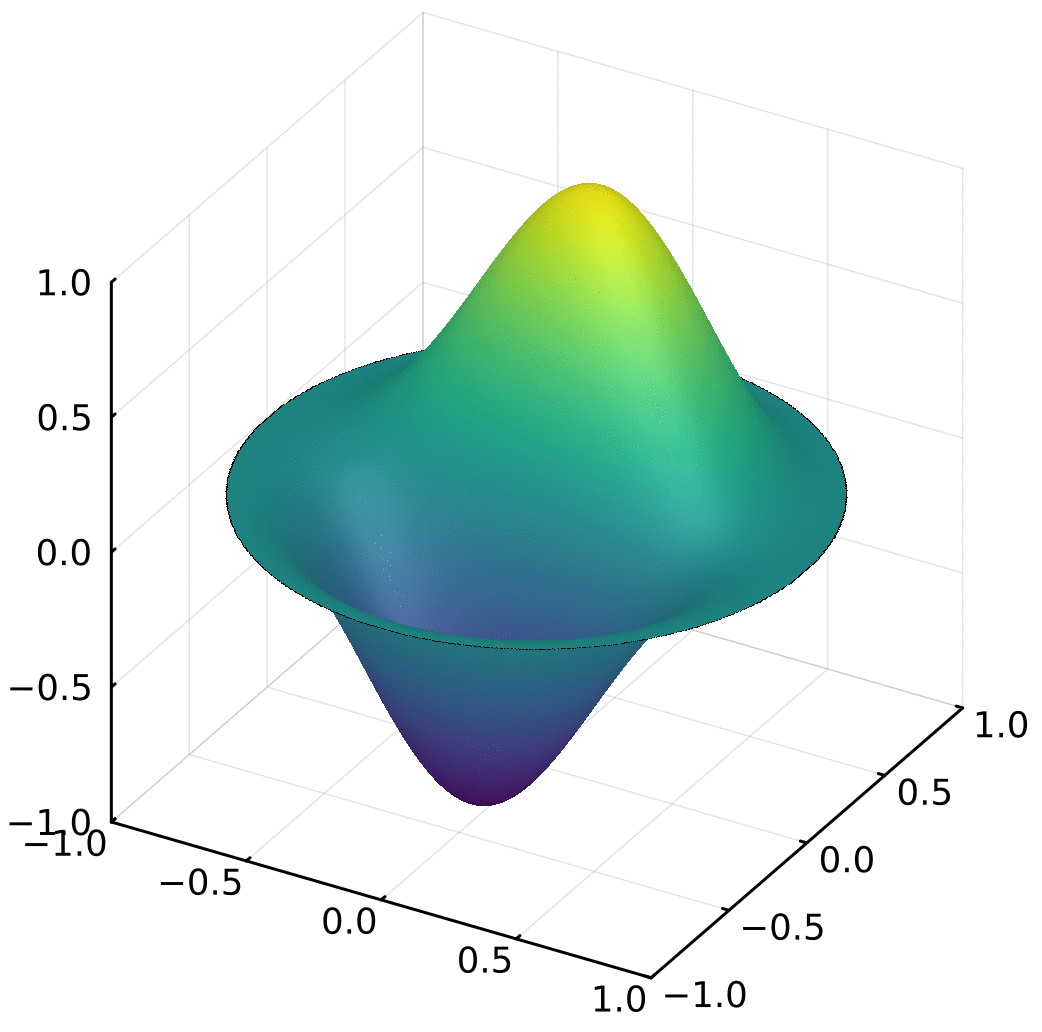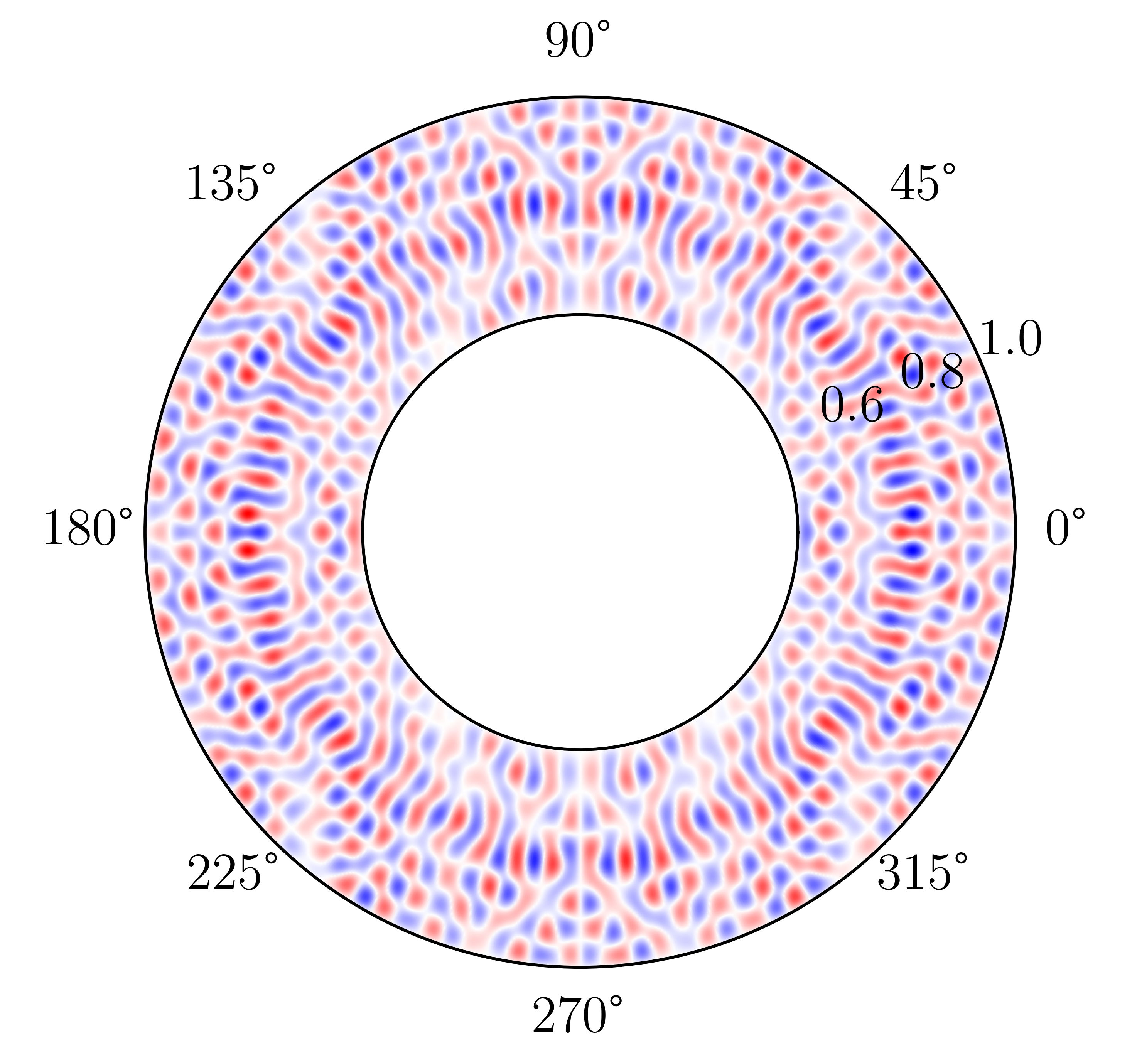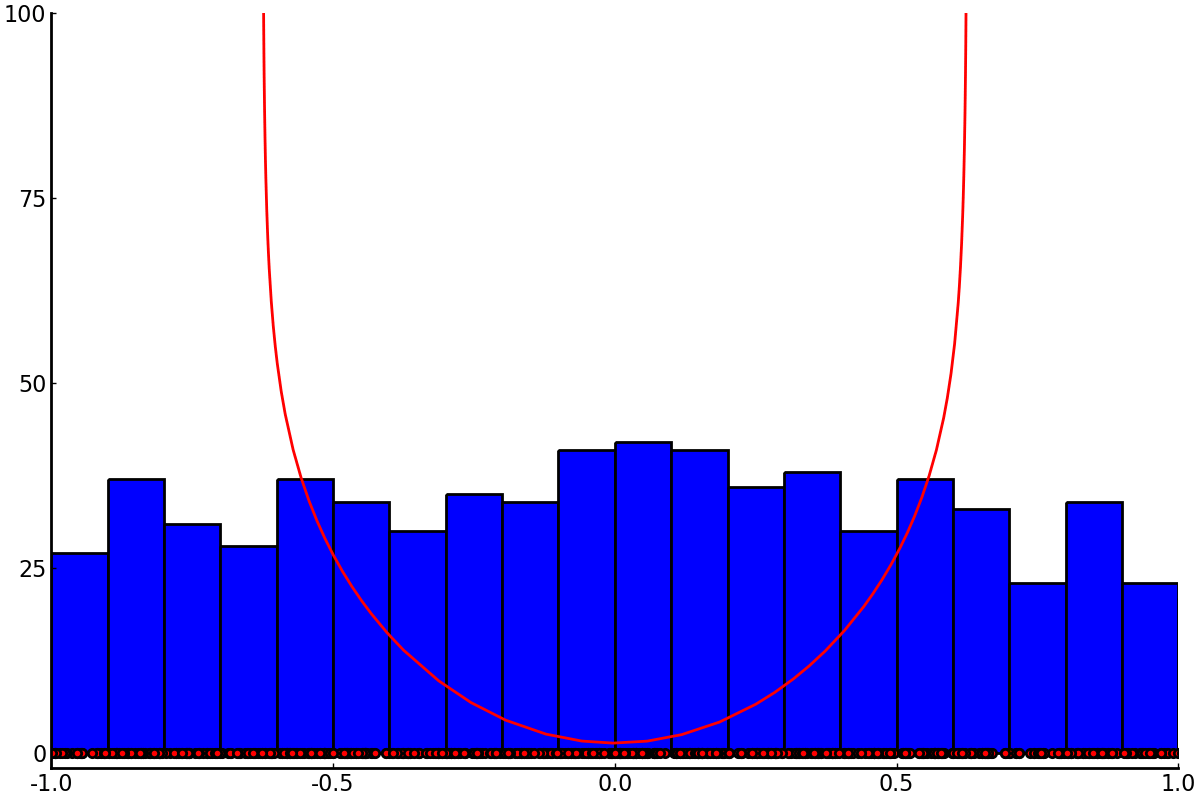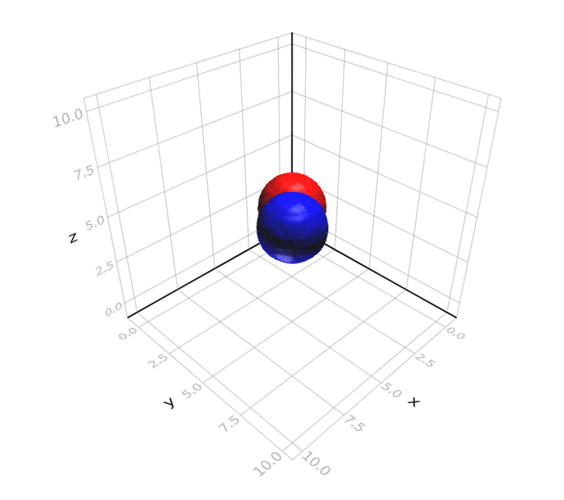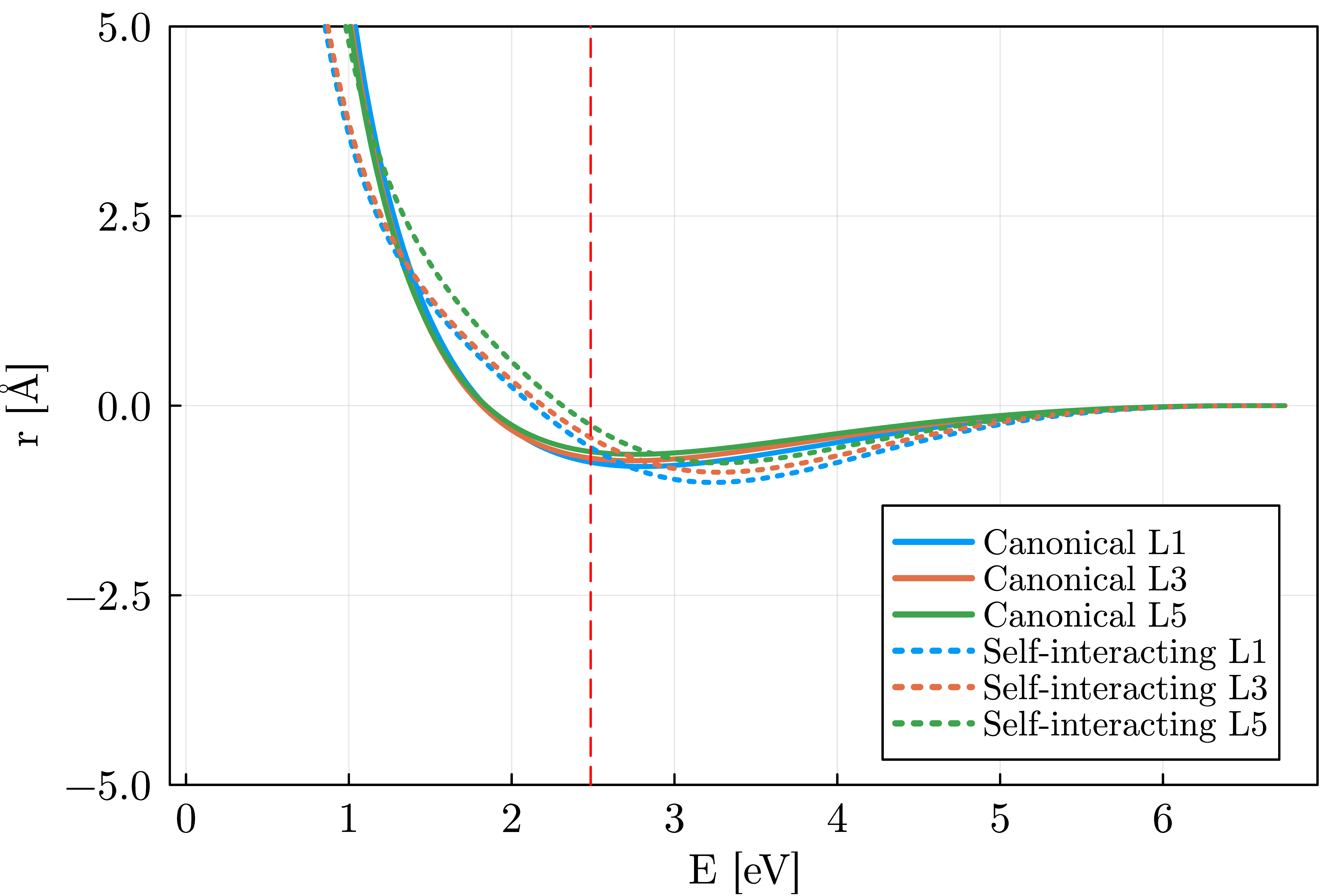
Machine learning of interaction models
Many physical and biological systems can be accurately modeled using atomistic many body interactions. Machine learning based methods allow one to infer succesful models for otherwise prohibitively large and complex systems.
I work on novel methodologies and applications of such frameworks as well as the closely related problem of analyzing their theoretical foundations.

